Ethyl 3-amino-4 4 4-trifluorocrotonate(CAS# 372-29-2)
| Risk Codes | R20/21/22 – Harmful by inhalation, in contact with skin and if swallowed. R36/37 – Irritating to eyes and respiratory system. |
| Safety Description | S26 – In case of contact with eyes, rinse immediately with plenty of water and seek medical advice. S36 – Wear suitable protective clothing. S36/37 – Wear suitable protective clothing and gloves. |
| UN IDs | 3259 |
| WGK Germany | 3 |
| HS Code | 29224999 |
| Hazard Note | Toxic/Irritant |
| Hazard Class | 8 |
Introduction
Ethyl 3-aminoperfluorobut-2-enoate is an organic compound. The following is an introduction to the properties, uses, preparation methods and safety information of the compound:
Quality:
- Appearance: Colorless liquid
Use:
Ethyl 3-amino-4,4,4-trifluorobutenoate has certain application value in organic synthesis and is commonly used in the following aspects:
- As a reagent and intermediate in organic synthesis, it can be used in the preparation of other organic compounds
- Can be used to synthesize compounds like 3-amino-4,4,4-trifluorobutenic acid ethyl ester, such as different substituents or functional groups
Method:
The preparation method of ethyl 3-amino-4,4,4-trifluorobutenoate is complex, and generally requires multi-step organic synthesis. The specific preparation method requires detailed experimental operation and chemical knowledge, and is not suitable for home laboratory.
Safety Information:
- Ethyl 3-amino-4,4,4-trifluorobutenoate may be toxic to humans, and direct contact with skin, eyes, or inhalation of vapors should be avoided.
- Wear protective gloves, goggles, and respiratory protective equipment when using and ensure that you operate in a well-ventilated area.
- In case of accidental contact or accidental ingestion, rinse immediately with plenty of water and consult a doctor.
- During storage and handling, it should be kept away from fire sources and high temperature environments, and avoid contact with oxidants, strong acids, strong alkalis and other substances to prevent dangerous reactions or accidents.


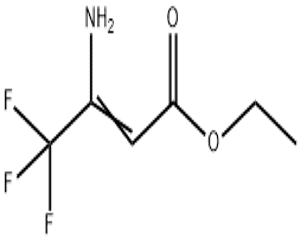
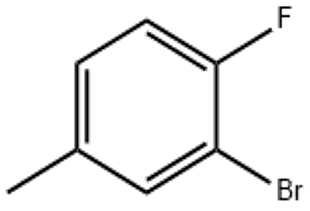
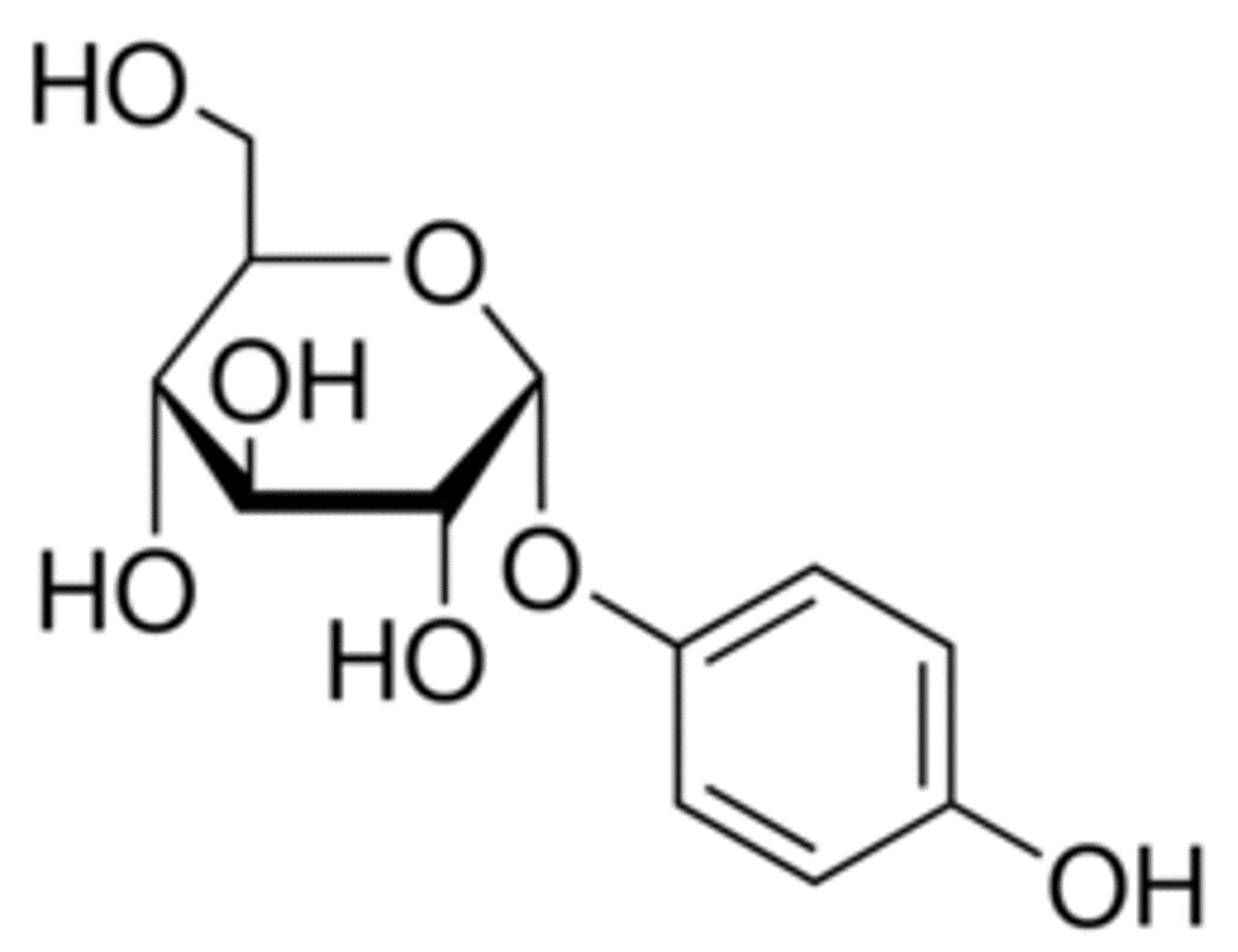
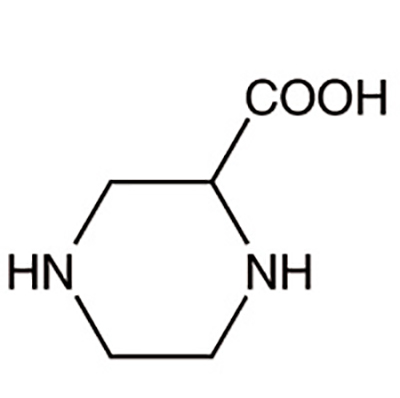

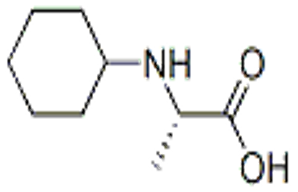
![4-Chloro-1H-pyrazolo[3,4-d]pyrimidine(CAS#5399-92-8)](https://www.xinchem.com/uploads/4-Chloro-1H-pyrazolo34-dpyrimidine.png)